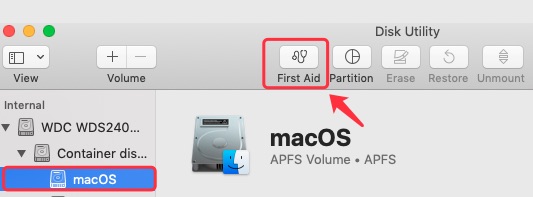

- DISPLAYCAL NOT RECOGNIZING SPYDER 4 HOW TO
- DISPLAYCAL NOT RECOGNIZING SPYDER 4 SOFTWARE
- DISPLAYCAL NOT RECOGNIZING SPYDER 4 SERIES
- DISPLAYCAL NOT RECOGNIZING SPYDER 4 WINDOWS
See your local package manager for more on obtaining xcalib. The author describes the tool as "postcardware." (It has a GPL license, but the author requests you send him a postcard if you use it.)
DISPLAYCAL NOT RECOGNIZING SPYDER 4 WINDOWS
Xcalib is a "tiny monitor calibration tool" for X Window and MS Windows environments.

The other option is to load the profile using a command-line tool such as xcalib: xcalib profile_name.icc Some desktop environments offer GUI tools that act as an interface to colord, such as the Gnome Color Manager tool. Many Linux systems use the Color Daemon ( colord) for managing color profiles.

Depending on the desktop environment, this step either works without any problems or not at all ( Figure 9).įigure 9: Under XFCE, the color profiles could not be installed automatically, but I was able to integrate them manually. If you have any problems, you should take a look at the logfile.Īs a final step, the program now offers to load the profile you just created. Not everything that is there is of direct benefit to you. local/share/dispcalGUI/storage/ in your home directory. The profiles generated by the application, as well as a number of additional files, are stored by the program under. The same information, but with more detail, can be found in the profile information displayed, which is where you will find the manufacturer and sometimes the name of the model under Device. The first component to appear is the (internal) display name, followed by the date of calibration.
DISPLAYCAL NOT RECOGNIZING SPYDER 4 SOFTWARE
To avoid losing track if you have several ICC profiles on the computer, the software offers the possibility of naming the profiles according to an adjustable scheme. It is better to switch to Relative colorimetric. The profile initially uses Absolute Colorimetric as Color Transfer (Rendering Intent) – not a good choice. The relevant profile, in this case, is sRGB, which all screens should completely support. On the other hand, the laptop screen (right) has coverage gaps on almost all edges of the color space. After you load the generated color profile to the graphics card, the colors will display more accurately on the monitor.įigure 8: The diagram for the external monitor (left) shows that it largely covers sRGB and sometimes even shows more colors.
DISPLAYCAL NOT RECOGNIZING SPYDER 4 HOW TO
The profile tells the system how to adjust the color settings to provide truer color representation. The software running on the computer then produces a color profile in ICC format (see the box entitled "ICC Profile").
DISPLAYCAL NOT RECOGNIZING SPYDER 4 SERIES
Colorimetry software running on the computer then proceeds through a series of checks, using the colorimeter to measure the colors produced by the monitor. The colorimeter attaches to the computer, typically through a USB port, and hangs in front of the monitor. However, it is possible to bring the truest possible color reproduction to your electronic device using a tool called a colorimeter.Ī colorimeter is a specialized hardware tool that is used to profile the color properties of a monitor or other display device. The differences in the way colors are perceived, combined with natural limitations of electronic devices and the imprecise replacement of colors outside the gamut, mean the colors on your monitor will never exactly match the colors you see with your eye. Cultural conditions influence what our brain recognizes as "pure white." For example, Asians prefer red shades of white, and Central Europeans prefer blue. What the brain perceives as "white" is defined by a whole series of factors, not just the perceived wavelengths. For mixed colors such as yellow – composed of green and red on the monitor – the printer may sometimes be better than the monitor assuming that this color is available as a process color. The eye is particularly sensitive to tones in the green range and can detect far more nuances of green in nature than a monitor shows. Colors outside the gamut appear in replacement colors, which leads to distortions.ĭifferent colors have different effects on the human eye. Image-processing experts use the term gamut to describe the possible colors a device can produce by internal mixing. Another problem is that color values often shift as the image makes its way through the chain of devices, from the camera, to the monitor, and finally the printer.Įach device can only absorb and process colors to a limited extent. The human eye adapts much better than a camera to different lighting conditions and automatically supplements missing information. Colors are lost on the way from the camera to the image. Anyone who has ever tried to reconcile an electronic image with nature will be familiar with the problem: The colors in the image almost always differ from what you see with your eyes.


 0 kommentar(er)
0 kommentar(er)
